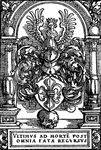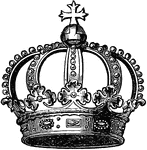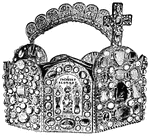Germany Miscellaneous
The Germany Miscellaneous ClipArt gallery offers 26 illustrations of everyday life in Germany, historic costume, places, documents, and other illustrations related to Germany.

A Frankish Chief in Full Armor
A chief of a Frankish tribe, wearing full battle armor. He stands looking to his right holding a long…
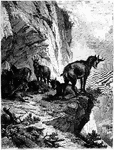
Chamois
The chamois (Rupicapra rupicapra) is a goat-like animal, living at moderately high altitudes and are…
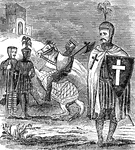
Chivalry and knight-errantry
"The chivalry of the gothic nations began in the woods of Germany. No youth was then permitted to assume…
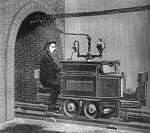
Siemens and Halske's Electric Engine
The first electric railway built in Berlin in 1879. The line was 2 feet wide and 2,700 feet long.

Freiburg Region
Diagrammatic section through the Freiburg region showing the former and present topography and the extensive…
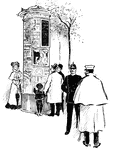
German Street Corner
"Each is as big around as a hogshead, and about fifteen feet high; it is covered with printed manner,…

A German Town on the Main River, Possibly Würzburg
Illustration of a town in Germany during the late Middle Ages, or medieval period. The town sits on…
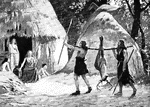
Germans
"Early Germans. These German ancestors of ours, for so we must consider them, since the chief element…
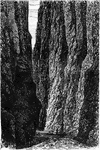
The Valley of Hell
The Höllental (Valley of Hell) is one of the routes on the German side leading up the Zugspitze (the…

Iron Crown of Lombardy
"The Iron Crown was a golden crown, set with precious stones, with which anciently the kings of Italy,…

Proclamation
"Proclamation of King William as Emperor of Germany at Versailles, January, 1871."—Myers, 1905
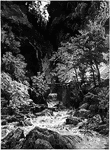
Wimbach Ravine
The Wimbach ravine resides at the entrance of the Wimbach valley, one of the 3 main valleys of the national…

Rhine River
The Rhine River begins in Switzerland and flows through Germany and the Netherlands before emptying…

City, Passau
Passau is one of the oldest cities in Germany, a village of Gauls in early days; and later, a Roman…
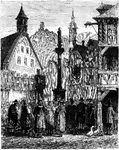
Simonswald
Archaeological artifacts show that Simonswald was home to farmers as early as 6000 to 3000 BC. Roman…

Big Strudel
The principal meaning of the German word strudel is whirlpool. Big Strudel, the vortex near Grein, 94…
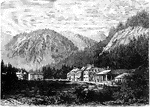
Wilbad Kreuth
Wilbad Kreuth is a quiet little town located in the mountains of Bavaria. Early in the sixteenth century,…

Wilhelma
The Wilhelma was originally a royal palace, mimicking Moorish architecture. After the second world war,…
